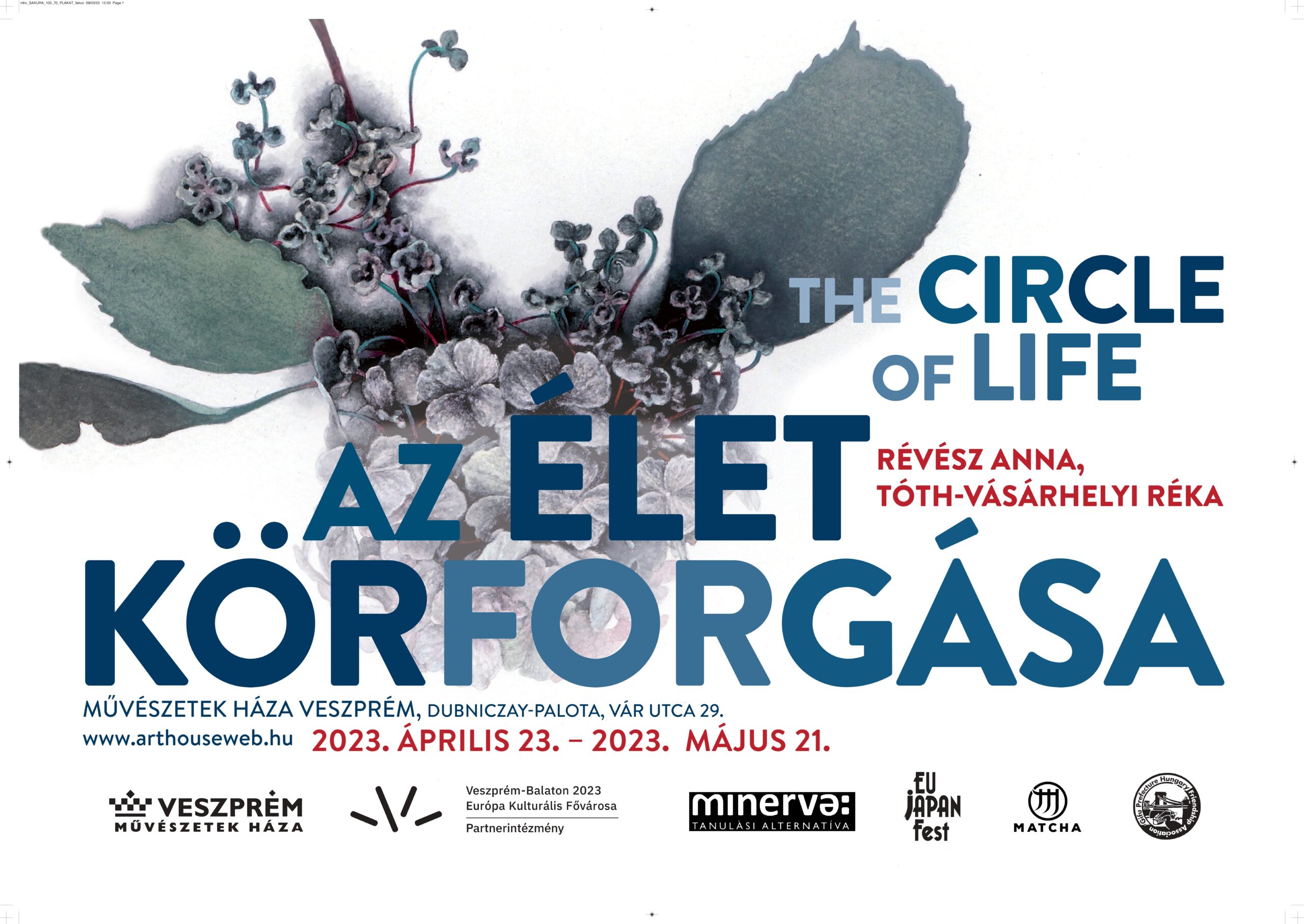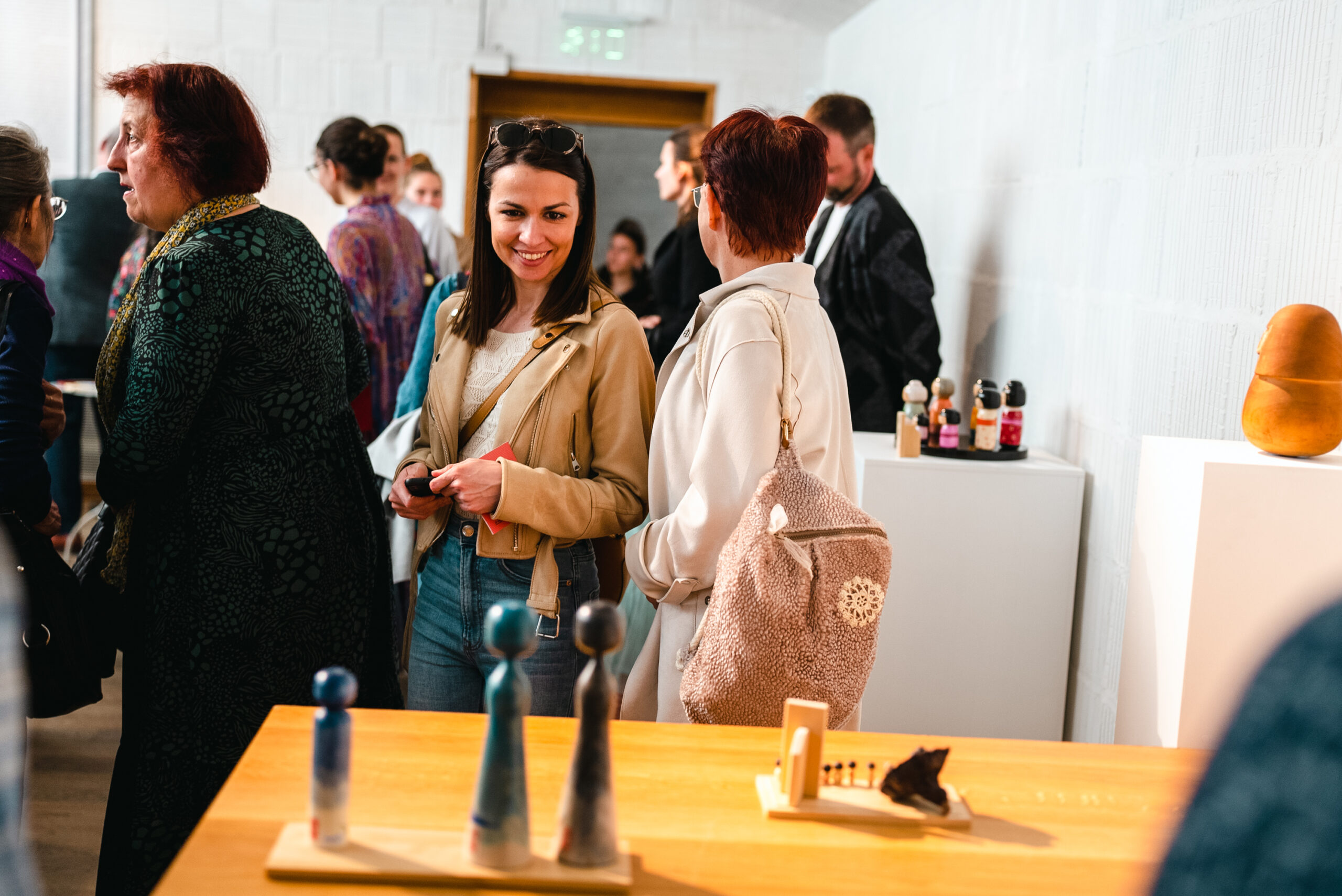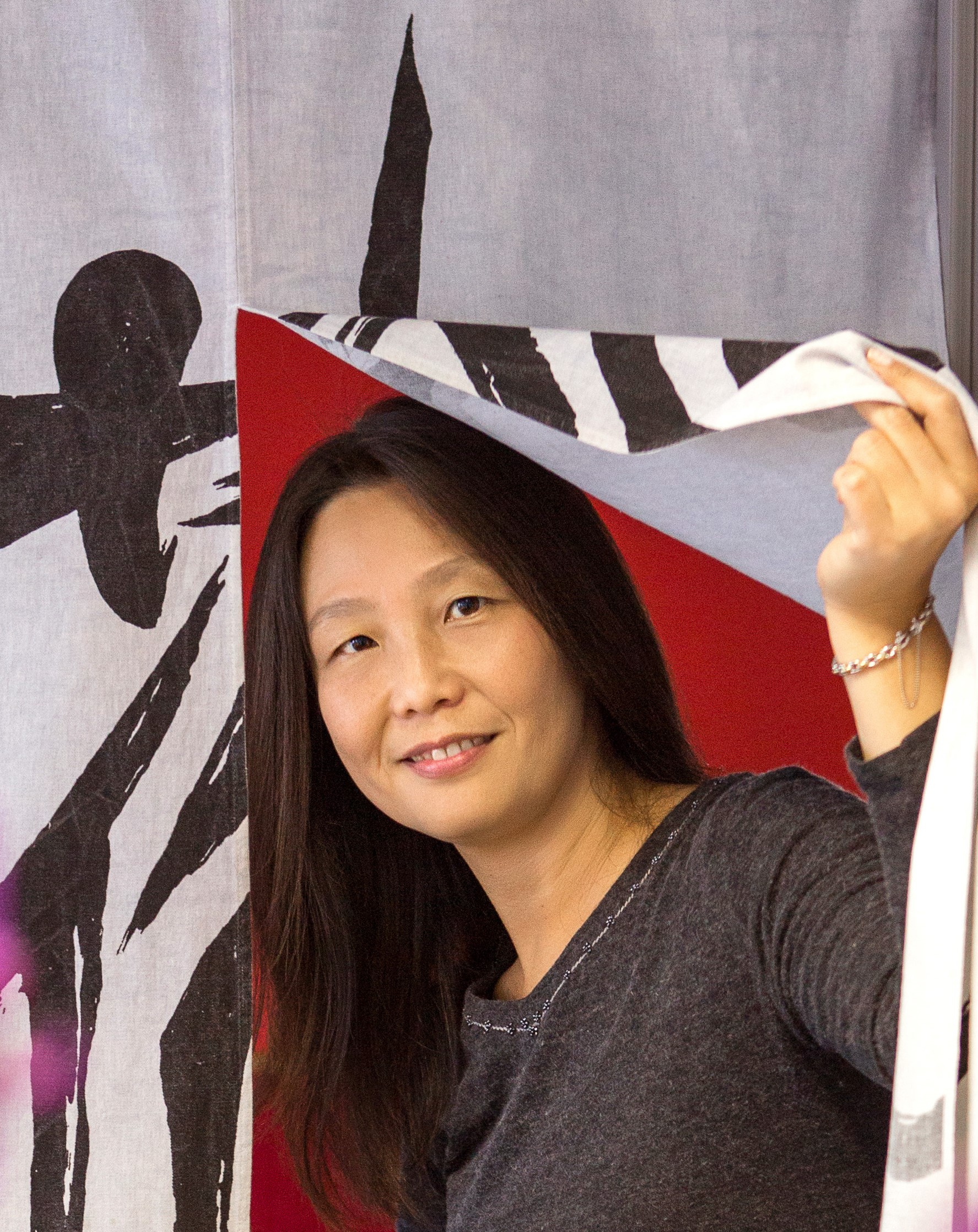Column
ColumnMoments of connecting different cultures and people
I am standing on the pathway of a Japanese garden built silently but majestically in a corner of the town of Veszprém, and quietly breathing in the joy by imagining the cherry blossoms blooming next spring and a garden of fresh green grass. This Japanese garden corner is located along the road from the backstreets to the city centre, and people are walking past me at a quick pace. Most people walk past without looking at this corner, but some look down at the garden for a moment, then look at me, smile and cross. On the other hand, there are people who watch intently at the garden and leave with a curious look on their faces.
The reactions were surprisingly varied also during the five days of landscaping the garden. Most people smiled and gave good signs when they found out that a Japanese garden was being built, but some asked questions with a slightly dubious look on their face and quickly left the place without changing their clouded expression.

It is natural to have a reaction of rejecting something suddenly appearing, and some chemical reaction with the different culture will continue to happen. But if we don’t meet the difference, we will never connect with them. I believe that our “SAKURA Project” put in the European Capital of Culture has provided to the people in Europe an opportunity to be bonded with another culture – Japan.
I am involved in Japanese language teaching at the Minerva Tanulási Alternatíva in Veszprém. Currently, about 25 students, ranging from 10 years old to university students and adults, are studying the language of the country of Japan. Their motivations vary from those who became interested in the Japanese language because of their love of anime, to those who started learning because of the Japanese pronunciation, to those who attend purely for the purpose of learning the language. There are also learners who decide to look into the world of Japanese by chance, for example because they met Japanese people on a trip or because they are going to work for a Japanese-affiliated company. Whatever the motivation, I teach in the classroom every day with the understanding that the ultimate goal of foreign language learning is intercultural understanding.
The project was initially planned to introduce Japanese culture to learners of Japanese. It was intended to touch on aspects that cannot be explained in language through non-verbal・arts. The theme was set on ‘cherry blossoms’, which have deep meanings for the Japanese, and the artists were chosen. But I asked for help from various specialists since it was a task beyond the realm of a Japanese language teacher, and the programme was established with two pillars with the cooperation of many specialists, including curators, landscape architects and designers. One pillar was “Exhibition of Japanese Art” and the other was “Landscaping Japanese Garden”.
The project also received financial support from various Japanese and Hungarian sources. The exhibition was supported by the Gifu Prefecture Hungary Friendship Association. The Japanese Garden was supported by the Municipality of Veszprém, which provided public space, and the Embassy of Japan in Hungary, which donated the cherry trees. We could also receive understanding from the Japanese business organisation/Association of Japanese Enterprises in Hungary, the Hungarian business organisation/Hungary-Japan Economic Club, and the Cultural organisation/Academia Human Foundation.
In this way, the small project of the Japanese language class became an official project of the European Capital of Culture.

The exhibition “The Circle of Life” was organised at Dubniczay Palace Modern Art Gallery, in cooperation with House of Arts Veszprém. The selected artists were the Hungarian Derkó 2022 award-winning painter Révész Anna from Hida Osaka in Gifu Prefecture, and the creative Kokeshi doll artist Tóth-Vásárhelyi Réka who was the first foreigner to win the Japan Minister of Economy, Trade and Industry Award. The exhibition featured works by “Japanese who studied art in Hungary” and “Hungarian who studied traditional Japanese crafts”. At the opening ceremony, Ambassador Otaka of Japan and the Mayor Porga of Veszprém gave speeches, emphasising the importance of cultural exchange between the two countries.
Ms. Révész’s work depicts the theme of ‘impermanence’ with a very delicate technique using face-painting and ink. It expresses the close relationship between the passing away and the birth of the new, embracing the constant changes of life. The exhibition also featured works on 19th-century folding screens. The folding screens have been blackened over time due to sulphation changes, and the works continue to change.
Ms. Tóth (artist name: Renka) has studied in Hungary, Austria and Japan and has created more than 5,000 Kokeshi dolls since 2011. She was fascinated by Japanese culture through a childhood friendship with a Japanese family who lived nearby. She has been introducing Hungarian folk costumes with Kokeshi dolls and published a book on Kokeshi dolls in Hungarian in order to make Japanese and Hungarian culture more familiar to people through Kokeshi dolls.

“Japanese Garden” was commissioned by Takahisa Morita, and was designed as a traditional Japanese garden in harmony with the landscape of the ancient city of Veszprém. Mr. Morita, a landscape architect and environmental engineer, former director of the Higashiyama Zoo and Botanical Garden in Nagoya. He was working long-time for Nagoya City Greenery, and currently working as an advisor to a consultancy company. The tree-planting and landscaping work was carried out happily with volunteers who were Japanese language learners or who were interested in Japanese culture. However, as the site was inaccessible to heavy machinery, the masonry work was not straightforward. The stones were lifted by crane, lowered into a large towing vehicle and carried by hand, then turned around with levering and pulled with ropes to be installed.
From now on, children of Minerva Tanulási Alternatíva and volunteers will manage the public areas of the garden. However, the management schedule includes not only cleaning, weeding and mowing, but also seasonal Japan-related projects such as a tea ceremony in the garden. A number of exchanges and events are planned for the future at this location.
The SAKURA Project started at a time when the city’s trees were beginning to bud and the long-awaited arrival of spring was in the air. On the day of opening the exhibition, the newly planted cherry trees were in full bloom. The design of the garden was completed in the time of deep green, and the masonry was completed in the beginning of summer. The project, which had lasted more than six months, came to a close once when the leaves on the trees were beautifully coloured red and yellow.
On a higher ground, a short distance from where I am standing, a group of young people are leaning on the handrail and chatting, looking over the gardens and a few autumn colours. I am not sure if they realise that this is a Japanese garden. But I am sure that this project will continue to give us moments of connecting naturally with Japan with the seasons to come.








